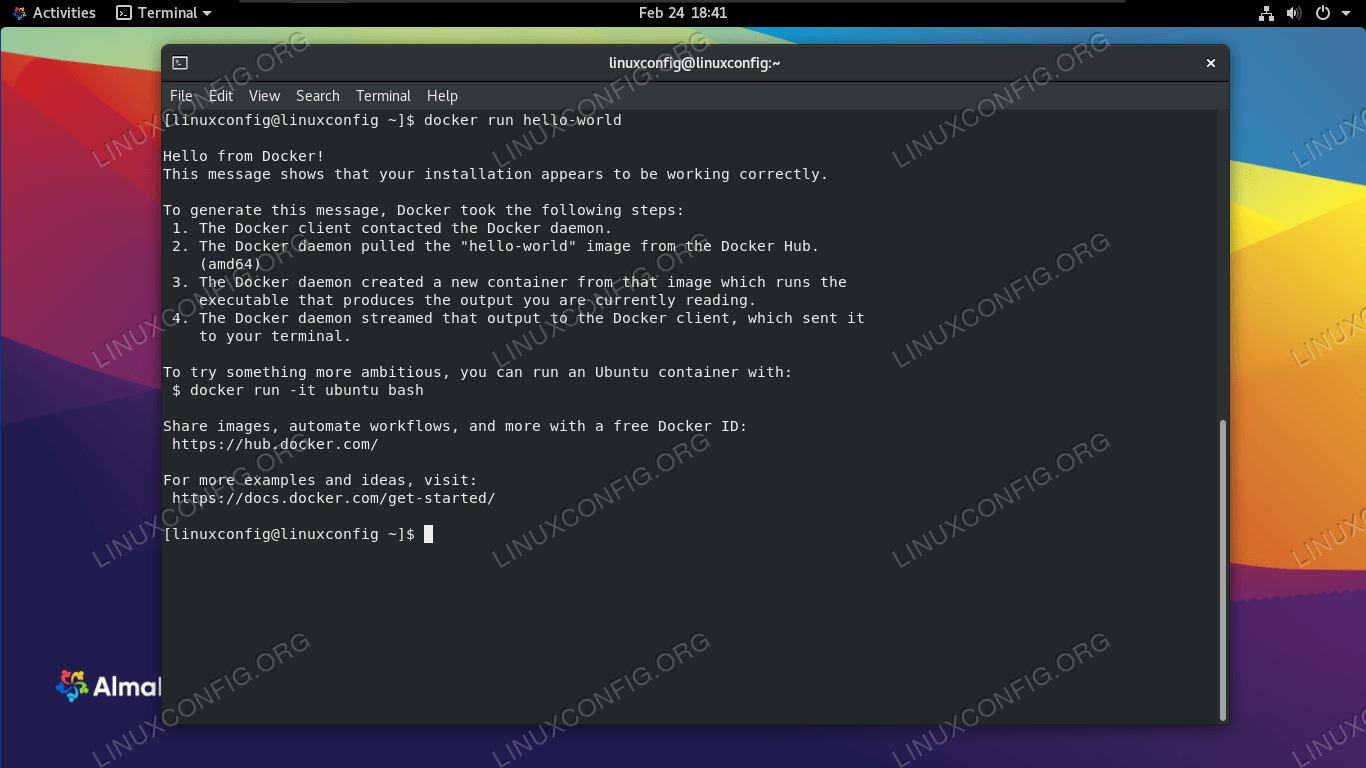
In Python-Selenium I wouldn't pass the chromedriver path, instead I will use auto installer, so that it won't fail in such cases. Python driver script driver = webdriver.Chrome(options=options, executable_path='/usr/local/bin/chromedriver') Ln -fs /opt/chromedriver-$CHROMEDRIVER_VERSION/chromedriver /usr/local/bin/chromedriverĮcho "deb stable main" > /etc/apt//google-chrome.list & \Īpt-get -yqq install google-chrome-stable & \ Unzip -qq /tmp/chromedriver_linu圆4.zip -d /opt/chromedriver-$CHROMEDRIVER_VERSION & \Ĭhmod +x /opt/chromedriver-$CHROMEDRIVER_VERSION/chromedriver & \ Mkdir -p /opt/chromedriver-$CHROMEDRIVER_VERSION & \Ĭurl -sS -o /tmp/chromedriver_linu圆4.zip ///$CHROMEDRIVER_VERSION/chromedriver_linu圆4.zip & \ RUN CHROMEDRIVER_VERSION=`curl -sS /LATEST_RELEASE` & \ Please find the Dockerfile to install the Chromedriver and Chrome onto the image and the default path for the chromedriver within the container. Appreciated.I have found the problem, you need to add the all the python files into the Dockerfile. I probably could have slogged through this but his help turned what would have been a man day into a quick one hour pairing session. He teaches Docker professionally and really knows his stuff. Kudos and thanks to Nick my Docker buddy. Installing Chrome Driver Locally on Ubuntu.An embedded browser like Selenium is akin to an open proxy so you do not want that. By setting CHROMEDRIVER_WHITELISTED_IPS="", I am able to use ChromeDriver from any other container but nothing else can execute them. Setting the value as empty will allow all remote connections.ĪWS security groups really save you on this one.

By default, this is set to 127.0.0.1, but this can by any comma separated list of IP addresses. To allow external connections, you can pass in a custom CHROMEDRIVER_WHITELISTED_IPS environment variable. Note: ChromeDriver restricts access to local connections by default.

Here's what you'll need for docker-compose.yml or :īrowser = Selenium::WebDriver.for :chrome, url: " :prefs =>, :switches => You'll likely need to implement both Step 1 and Step 2. Add ChromeDriver to Your Docker Compose File One approach is to locally install ChromeDriver on each of your compute nodes but the better approach is to Dockerize everything and run ChromeDriver as a container.


If you're going to use Selenium for a server side crawling process then what you actually needs is called ChromeDriver which is the embedded chrome executable that represents a browser. Although the lines of code look similar to something like Mechanize this is actually an entirely different approach because underneath it all is a full browser including JavaScript which lets something like a page which sends its data down in a JavaScript array and then uses JavaScript to display it actually render and return back to you parseable html.


 0 kommentar(er)
0 kommentar(er)
